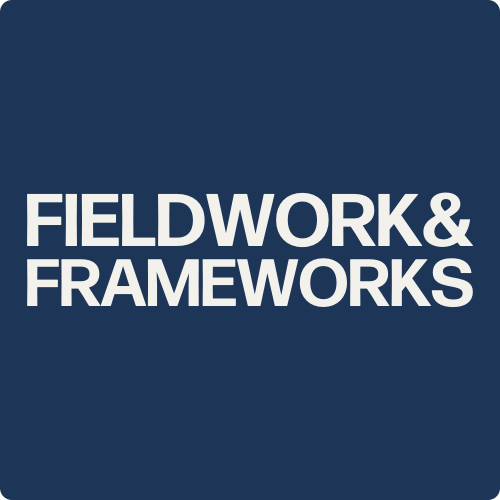About Me
I’m Roddy O’Connor. I specialize in designing digital systems, developing geospatial tools, and creating photographic work that draws attention to overlooked environments. My practice bridges the digital and physical, grounded in a methodical approach that values clarity, context, and care. Whether I’m leading a digital campaign, refining a trail map, or constructing a visual narrative through photography, I aim to engage with the built and natural world in thoughtful and tangible ways. I see my work not just as a profession, but as a process of ongoing observation and interpretation, shaped by both technical skills and a long-term relationship with place.
My work is rooted in the convergence of design, data visualization, and environmental interpretation. I’ve developed interactive mapping platforms that support conservation and land stewardship, built web-based educational tools, and led content strategy for public-facing restoration initiatives. These projects often require translating complex datasets into intuitive user experiences, combining spatial reasoning, interface design, and storytelling. The process is iterative and collaborative, involving everything from site planning and interface wireframing to content writing, photography, and real-time field verification. I spend time on the ground and at the screen, ensuring each tool is informed by both its technical requirements and the lived experience of the places it represents.
I approach design as a form of stewardship. Whether I’m mapping watershed boundaries or designing an interpretive landing page for a nonprofit, I focus on communicating clearly, visually, and with care for the audience. I believe in systems that serve—tools that are elegant not because they’re flashy, but because they make complex information feel accessible and purposeful. My design process often includes custom typography systems, component-based layouts, and flexible structures that adapt to both content and context.
Photography is the connective thread that informs much of my thinking. It keeps me attentive to light, material, and change. My images often explore liminal spaces, where human and ecological systems meet, using visual restraint to highlight atmosphere, texture, and traces of presence. I see the camera not as a device for control, but as a tool for sustained observation. Whether documenting natural landscapes or built environments, I aim to create work that invites reflection and situates the viewer within the conditions of the moment. Photography also serves as a way to catalog process—capturing how places evolve, how materials age, and how work leaves its mark over time. In that way, image-making becomes both an artistic and archival practice.
Underlying all of this is a strong commitment to process and preservation. I believe design should clarify, not complicate. A well-constructed map deepens understanding. A photograph can make you pause and notice. A good system, whether digital or analog, serves both its users and its context. I build with intention, guided by the belief that careful, respectful work can shift how people see their surroundings. From interactive maps to conservation campaigns to personal photographic series, I aim to create tools and images that are built to last, built to guide, and built to honor the places they represent.

